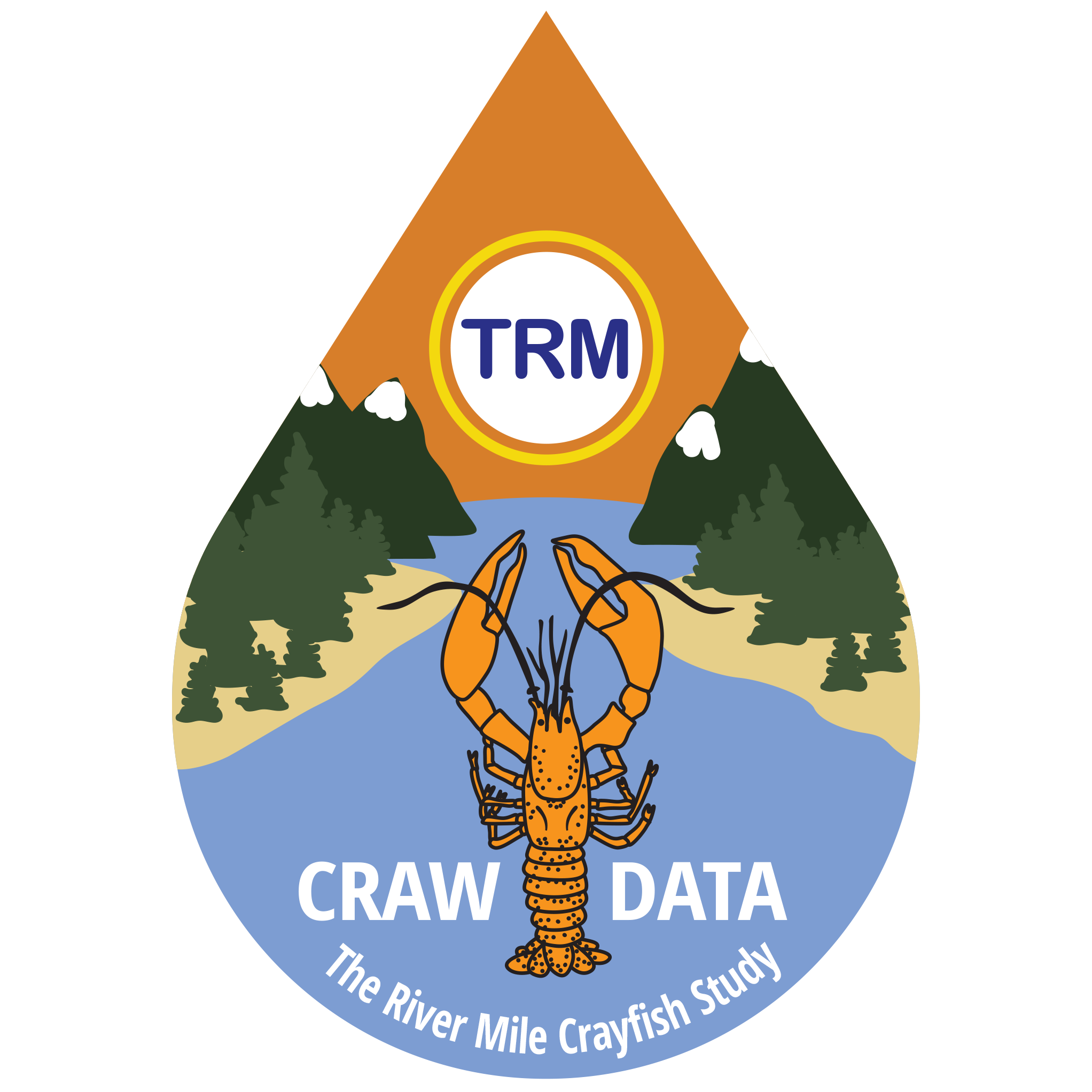Purpose of the Crayfish Study

North America has about 400 species of crayfish with most occurring in the eastern United States, but many species are in decline (Crandal and Buhay 2008). About 65 crayfish species within the United States are currently listed as endangered and nearly half are in need of protection. The Pacific Northwest is inhabited by only five native species. Washington State has only one native crayfish, the signal crayfish (Pacifasticus leniusculus). However, the conservation status of the signal crayfish within the Pacific Northwest is largely unknown. Major reasons for crayfish decline include habitat loss, invasive crayfish that increase competition and spread disease, and degraded water quality (Larson and Olden 2011).
Non-native crayfish have been increasingly invading water bodies within the Pacific Northwest. The virile (or northern) crayfish (Orconectes sanbornii) has invaded many water bodies within the Pacific Northwest and has recently been documented in the Upper Columbia River. Invasive crayfish differ in their interactions within aquatic communities and their encroachment may also result in the decline of valuable fisheries and reduced ecosystem function (McCarthy et al. 2006).
Degraded water quality as a result of elevated metals concentrations may also contribute to crayfish declines. Crayfish are gill-breathing benthic invertebrates and may feed on plant matter, animal matter, and detritus, thus increasing their exposure and subsequent susceptibility to metals. Crayfish have been shown to bioaccumulate metals associated with mining waste and these metals burdens may impact crayfish populations (Beser et al. 2006; Schmitt et al. 2006; Snyder 2010).

